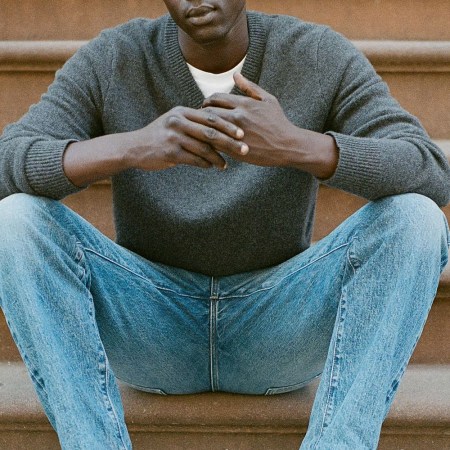Second homes are as much an investment in your future as they are your present.
Increasingly, a second home is not just a proverbial “happy place,” but also a second source of income — a spot you can rent out via a web manager like VRBO when you’re not occupying it.
But vacation homes should be, above all, an investment in happiness. It’s where you spend time with your loved ones, it’s where you go to get away from the rhythms and burdens of your 9-to-5.
Some will opt for coastal views and the beaches that come with them, others a mountain retreat like Victory Ranch, a new low-density development outside of Park City, Utah. Victory Ranch has more than 6,000 acres, 4,000 of which are open space. Most developments this large have as many as 700 homes; Victory Ranch has only 350 lots.
We interviewed Jim Moran, head of sales, on the benefits of investing in a low-density development such as this, and what to look for when seeking a second property.
InsideHook: What’s the most important thing to look for in a vacation property?
Jim Moran: Why are you looking for it? Is it income? Are you planning to live there when you retire? Is it for your family? Do you want activities? I would think that the most important reason would be that it’s easy to get to. That’s definitely the benefit of being around Park City. Salt Lake City Airport is only 30-45 minutes from Park City.
IH: What’s the right size? Is there a norm there?
JM: That’s one trend that’s changed. Those 7,000-square-foot McMansions are less popular, and have been replaced by 4,500-square-foot homes. The footprints have shrunk but the finishes have gotten much nicer. We’re seeing more homes go with what we call “mountain modern” designs: less dark rustic and more contemporary, brighter tones and with better tech integration.
IH: What fees are to be expected with a development like Victory Ranch, and what’s excessive?
JM: Our ranch membership and HOA fees come to $10,500 a year, which includes unlimited golf (greens fees and cart rental), paddle boards, mountain bikes, four miles of river, backcountry yurts, 4,000 acres of open land, use of Polaris 4×4 Rangers and our shotgun range. Plus it covers the cost of amenities like our Freestone Lodge, family center The Post and 875 Main, our ski-in/ski-out Park City lodge.
Condo properties are different in that they won’t have all of those amenities, but they will have fees for potential assessments. Like if the building needs a new roof, that fee can go up. We have a reserve fee that buffers these costs on buildings like the clubhouse. But we have things like stations where you can walk up and get a cone of soft-serve ice cream and not have to leave your name. It’s free; it’s just a nice amenity that developers wanted people to have access to.
IH: You don’t allow your owners to rent their homes (say, via Airbnb). Why not? Do folks want that?
The benefit of being in a closed community like this is you know who’s renting from you. So we do rentals … just not with VRBO or Airbnb. In order for someone to have access to all of the benefits of Victory Ranch, you have to be a guest of an owner. So we rent places to friends of owners. That way, whoever is renting your property has been vetted.
IH: I noticed some Chinese on your brochure. How many of your buyers are foreign and how is that affecting the market for second homes?
Most of our buyers are from California, New York and Chicago — those are our main markets. But Chinese investors have been buying up properties all around the area, and since 2008, foreign money has been influencing prices. Some of that has to do with Vail, which recently acquired [and combined] Canyons and Park City, making it the largest ski resort in America. We call it the Vail Effect. Now everyone wants to be here.
This article appeared in an InsideHook newsletter. Sign up for free to get more on travel, wellness, style, drinking, and culture.





















